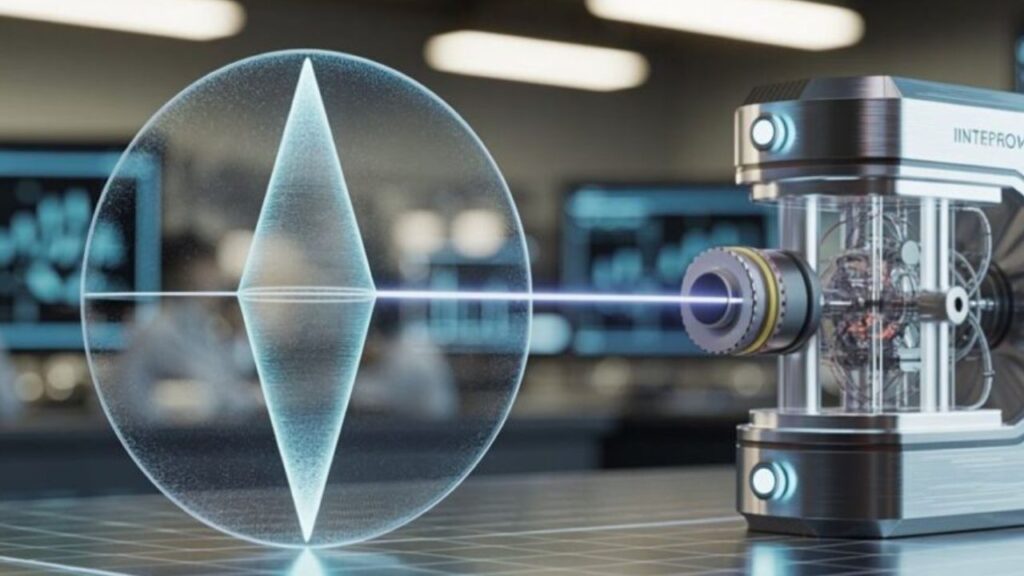In the world of scientific experiments, precision is paramount. One small error can lead to significant consequences, skewing results and hindering progress. This is where kalibraatio comes into play—a process that ensures instruments deliver accurate measurements time after time. Whether in a lab setting or field research, proper calibration forms the backbone of reliable data collection.
But what exactly does kalibraatio entail? Why is it so critical for scientists and researchers alike? As we delve deeper into this essential practice, you’ll discover how mastering calibration not only enhances experimental accuracy but also fosters innovation across various disciplines. Let’s unravel the intricacies of kalibraatio together and understand its vital role in driving scientific success.
Understanding the Basics of Calibration
Kalibraatio, or calibration, is a fundamental process in scientific research. It ensures that instruments provide accurate and reliable measurements. Without proper calibration, results can lead to erroneous conclusions.
The essence of calibration lies in comparing the instrument’s output with a standard reference. This standard must be known for its accuracy. By doing this, you can identify any discrepancies and adjust accordingly.
Calibration applies to various instruments like thermometers, balances, and spectrophotometers. Each requires specific methods tailored to the device’s nature and intended use.
Regular checks are crucial since environmental factors can affect an instrument’s performance over time. Consistency leads to trustworthiness in data collection.
Understanding these basics sets the foundation for effective experimentation and analysis across multiple disciplines.
Types of Calibration Methods
Calibration methods vary widely, tailored to specific instruments and applications. One common type is static calibration, where measurements are taken under controlled conditions. This method ensures that the instrument functions correctly at a particular point.
Dynamic calibration, on the other hand, involves changing conditions during measurement. It’s often used in situations requiring real-time data analysis, such as monitoring environmental changes.
Another notable approach is primary calibration. This method uses national standards or reference materials to ensure accuracy across various devices. It sets a benchmark for quality assurance.
Secondary calibration utilizes these primary standards but applies them within laboratory settings or fieldwork. This makes it more accessible while still ensuring reliable results.
Automated calibration systems have gained popularity due to their efficiency and precision. They significantly reduce human error and streamline processes in busy labs or production environments.
Steps for Conducting a Successful Calibration Process
Successful calibration hinges on a well-structured approach. Start by gathering all necessary tools and equipment. Having everything at hand streamlines the process.
Next, prepare the environment. Ensure that conditions like temperature and humidity are stable, as they can significantly influence measurements.
Choosing a suitable reference standard is crucial. This standard should have known accuracy to serve as a benchmark during calibration.
Once set up, follow manufacturer guidelines meticulously. Each device may require specific procedures for optimal results.
Document each step taken throughout the process. This record ensures transparency and aids in troubleshooting any issues later on.
Verify your results with multiple tests if possible. Consistency across different trials reinforces confidence in your calibrated instruments.
Common Challenges and Solutions in Kalibraatio
Kalibraatio can present several challenges that researchers and technicians often face. One common issue is equipment drift over time. Instruments may lose accuracy, leading to unreliable results.
Regular checks are essential. Implementing a routine maintenance schedule helps catch these discrepancies early.
Another challenge is environmental factors like temperature and humidity affecting measurements. These variables can skew data significantly.
To combat this, conducting calibrations in controlled environments ensures greater precision.
User error during the calibration process remains a notable concern as well. Misinterpretation of readings or improper setup can lead to serious mistakes.
Training staff on proper techniques reduces this risk dramatically, fostering higher confidence levels among team members.
Budget constraints may limit access to advanced calibration tools or services. Seeking cost-effective solutions without compromising quality becomes vital for maintaining standards in research labs.
The Role of Technology in Modern Calibration Techniques
Technology has revolutionized calibration techniques in recent years. Advanced software and automated systems streamline the calibration process, reducing human error and increasing efficiency.
Precision measurement tools like digital multimeters and laser interferometers have become industry standards. These instruments provide real-time data, allowing scientists to make immediate adjustments as needed.
Cloud-based solutions facilitate easier access to calibration records. This ensures compliance with regulatory standards while simplifying audit processes.
Artificial intelligence is emerging as a game changer in this field. AI algorithms can analyze vast datasets quickly, identifying trends that manual methods might overlook.
Additionally, remote monitoring capabilities allow for continuous assessment of equipment performance. This proactive approach minimizes downtime and enhances overall reliability in scientific experiments.
Future Developments and Advancements in Kalibraatio
The future of kalibraatio is poised for exciting innovations. Advancements in artificial intelligence and machine learning are set to revolutionize calibration processes. These technologies can analyze vast amounts of data, identifying trends and anomalies that human technicians might overlook.
Moreover, automation will play a crucial role. Automated calibration systems promise improved accuracy and efficiency while reducing human error. This shift could lead to more consistent results across various scientific disciplines.
Additionally, the integration of IoT (Internet of Things) devices allows real-time monitoring and adjustments during experiments. Scientists can now gather data continuously, ensuring optimal performance without manual intervention.
Collaboration between different industries is also on the rise. As sectors like aerospace, healthcare, and manufacturing adopt shared standards for kalibraatio, we may witness a unification in practices that enhances reliability globally. These developments herald a new era where precision becomes even more attainable.
Conclusion: The Significance of Proper Calibration for Accurate Results
Proper calibration, or kalibraatio, serves as the cornerstone of reliable scientific experimentation. It ensures that instruments provide accurate measurements, which are crucial for valid results across various fields. Without meticulous calibration practices, even the most sophisticated equipment can yield misleading data.
The impact of proper calibration extends beyond individual experiments. It contributes to the credibility of research findings and helps maintain standards within scientific communities. As accuracy becomes increasingly vital in our data-driven world, understanding and implementing effective kalibraatio techniques is essential.
Adapting to advancements in technology will only enhance these efforts further. Whether through automated systems or innovative software solutions, embracing new methods can streamline processes and improve precision.
As researchers continue to seek truth through experimentation, prioritizing precise calibration will be key to unlocking groundbreaking discoveries and fostering innovation in science.






